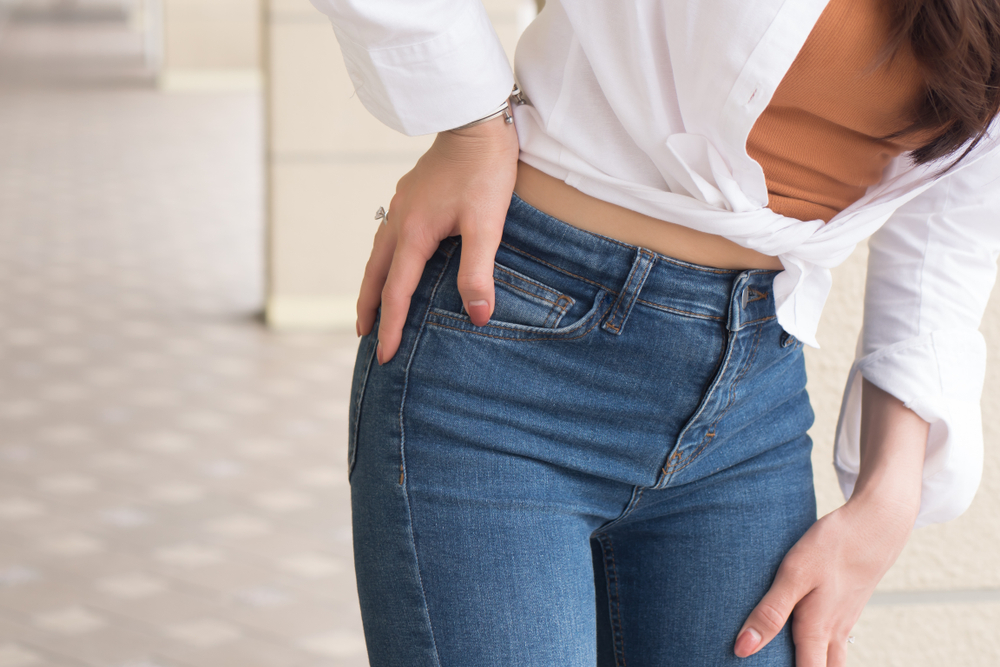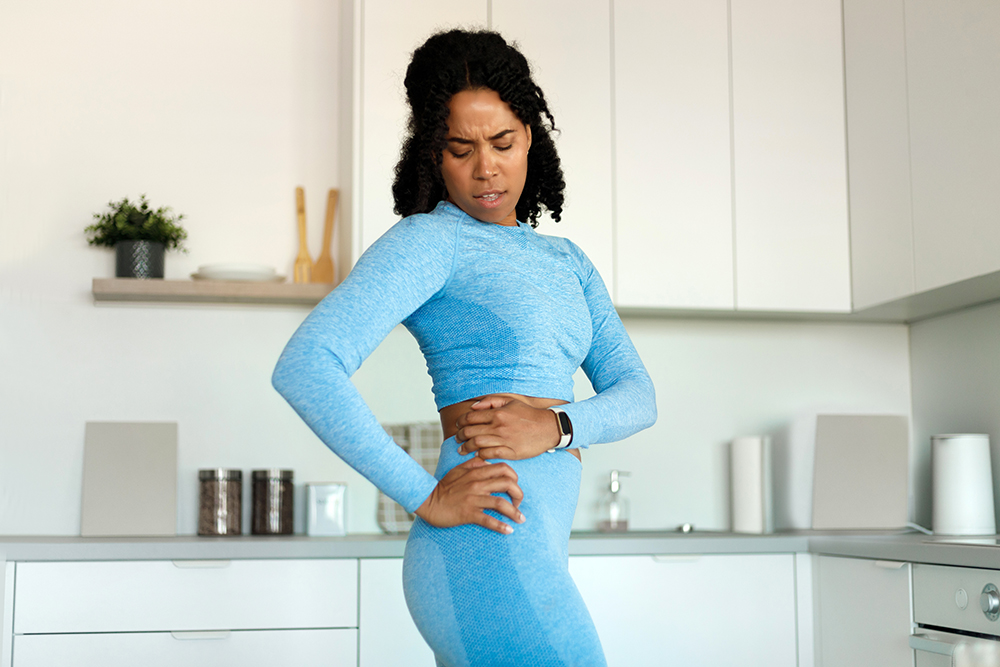Contents
Stretching and mobility exercises can be transformative in your ability to not only move but also reduce hip pain in your daily life. Hip pain can happen because of habits like overlifting in the gym or overtraining a specific area like the quads or glutes, which can cause stress in your hips.
Hip pain can also be linked to degenerative arthritis, which is when parts of the hip joint break down because of age-related wear and tear.
Another common source of hip pain is pelvic floor concerns, which are common in women. This may be a pregnancy that can shift your entire body or cause weight gain and tension on your hips as you carry a growing baby. Or you may be postpartum and your body is adjusting from pregnancy and sudden weight changes. Maybe you have pelvic pain that is radiating into your hip.
Different hip pain causes should lead to an adjustment of what kind of physical therapy treatment or exercise is right for you. With physical therapy, you and a physical therapist can build a plan that will help you meet your goals for hip pain reduction and prevention.
The exercises listed below are ones that can help with reducing and releasing these stressors and tension in your hips:
-
Hamstring stretch
Your hamstrings connect your knees to your pelvis as you bend and walk to and fro. These muscles are vital to exercises like running and swimming and lifting as you bend your knees. The following stretch helps with opening up the pelvis and stretching the hamstrings. You can either sit or stand during this exercise.
Start with having your legs straight in front of you as you sit on the floor. Then, with your arms stretched out toward your feet, lean your head down. Try to reach your feet with your fingertips; if you cannot, hold on to your ankle or calf to keep the tension. Slowly release the stretch and sit back up. Then in a few moments repeat the exercise. Repeating this exercise often can help with mobility as you are able to stretch more effectively. If you find it hard to hold your feet or toes for this exercise, try an assisted version. This can be holding a towel or workout band with both hands as you have it pulled tightly against the bottoms of your feet.
As you continue this exercise, try to not use the towel as much. Or if you already don’t need the assisted version, practice stretching out farther past your feet. This exercise is great because you can continue to make it more intense. It also helps with overall stretching in your lower body with stretching the hamstrings, building knee strength, and stretching the back.
-
Bridge
This exercise is called a bridge because it replicates the shape of one. It helps with strengthening your glutes and hamstring muscles that support the back part of your leg muscles and hips.
Your glutes are important for building hip strength because they are used when you squat deeply or lunge at any kind of depth. Stretching and strengthening the glutes in a physical therapy routine can help with hip pain because it can lessen the strain on your lower back and pelvic floor.
To do a bridge, lie on the floor with your knees bent and your feet planted on the floor. Lift your hips upward until they are parallel with your knees. Feel your shoulder blades lift from the floor and arch your back to the sky. Use your feet as an anchor to lift your hips. This helps with building the glute and hamstring muscles and also relieving tension from your hips.
-
Monster walking
The more active exercise of monster walking helps with allover hip strength and can be turned into a weighted exercise to build muscle. To do this exercise, you need a resistance band around your ankles as you step sideways without bending your knees. Keep tension throughout your leg and use your abdominals to help control the movement. This exercise is helpful because it builds strength back into your hips while getting them active.
Start off this exercise with a looser resistance band and slowly build up to a tighter one. If you continue this movement and want to build intensity, try holding a kettlebell as you walk. Begin with a lightly weighted one, maybe 5 pounds, and increase the weight as you feel more confident.
Discover how Lattimore PT can help ease your hip pain
At Lattimore Physical Therapy, we believe that hip pain should not control your life. The exercises above can help you feel less pain throughout the day, and meeting with one of our expert physical therapists can provide even more ways to address your pain. They can help you build a treatment plan designed to both reduce and prevent hip pain.
Start your journey toward easing hip pain. Contact our team today for more information about our hip pain treatment services or to schedule an initial appointment.



